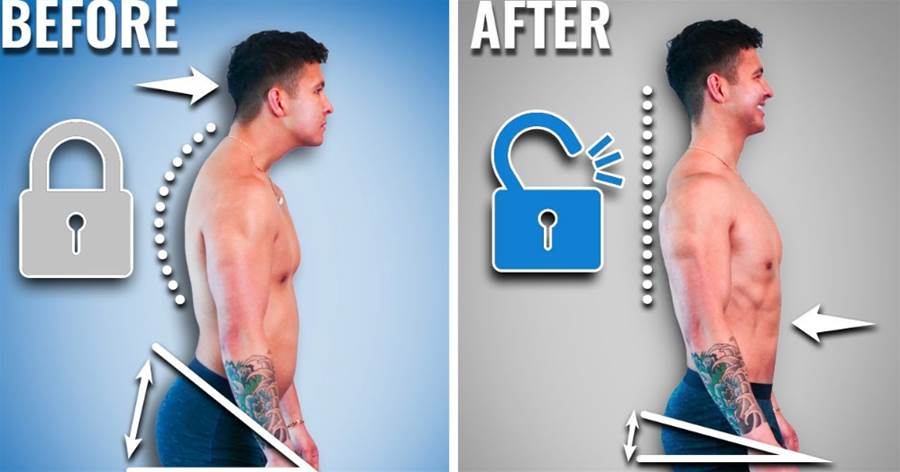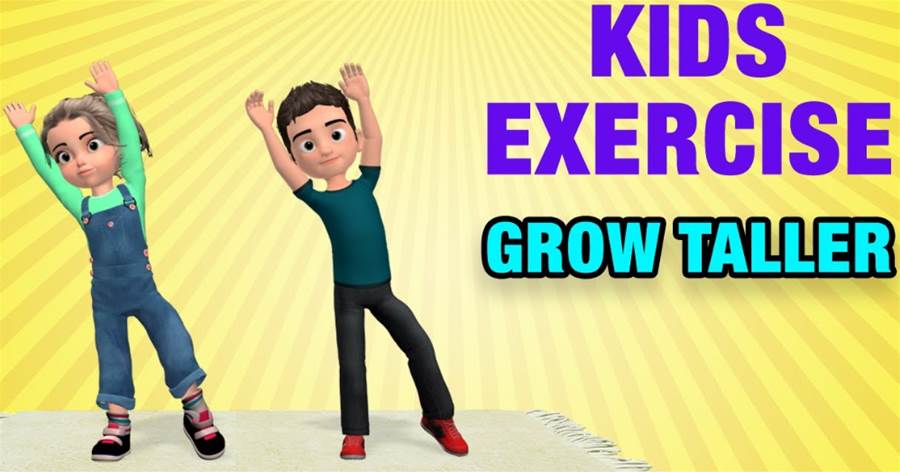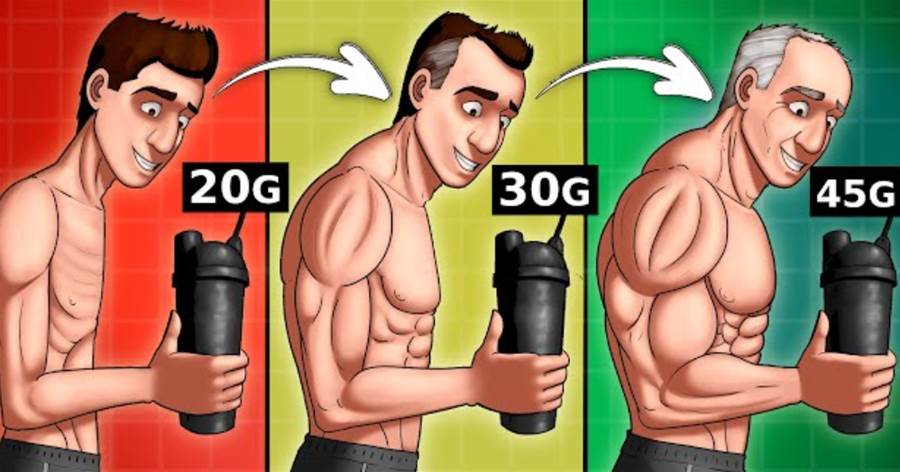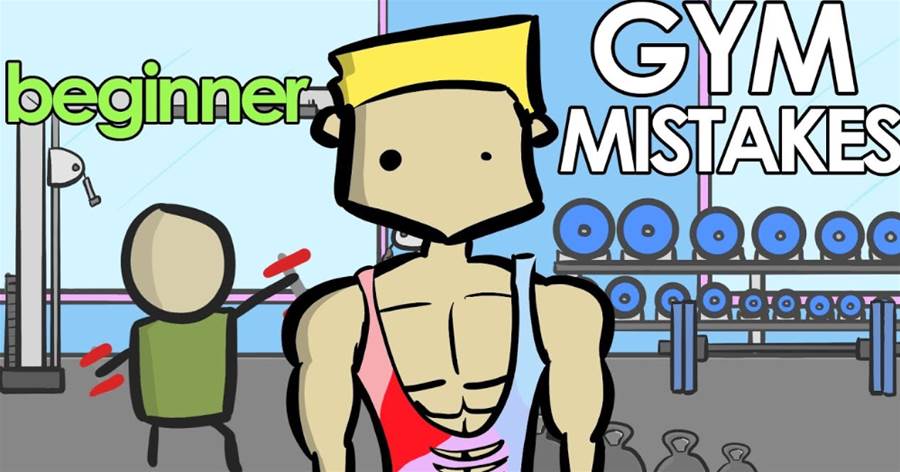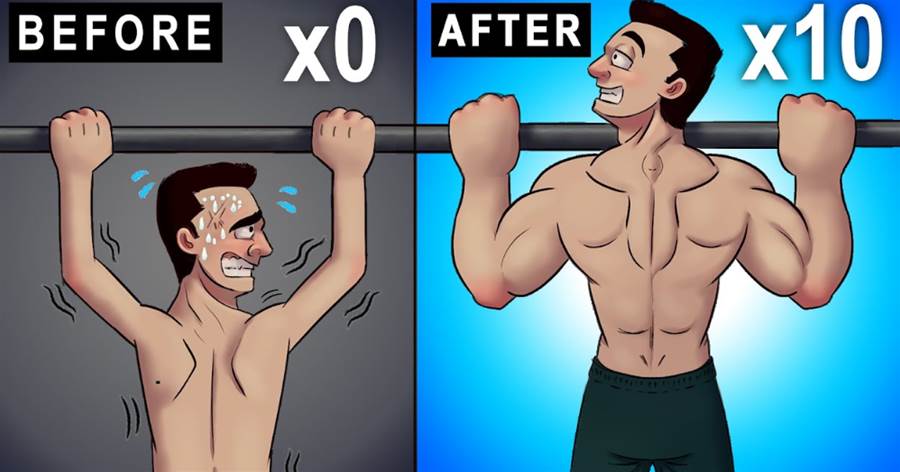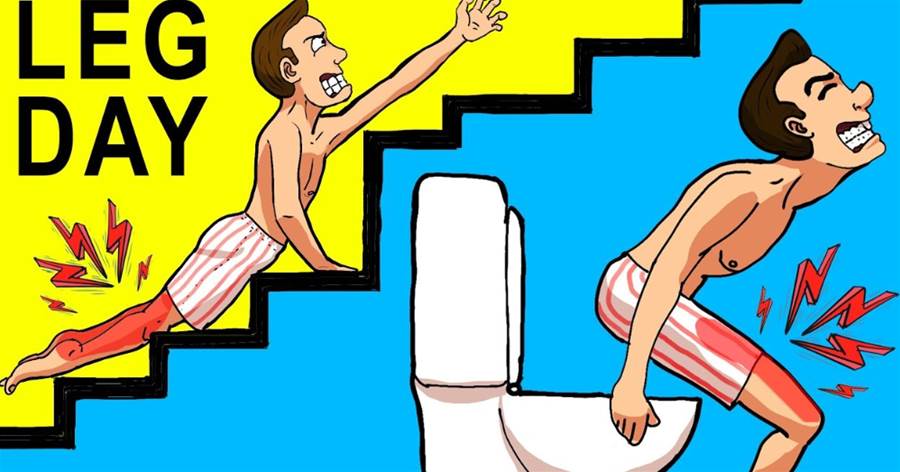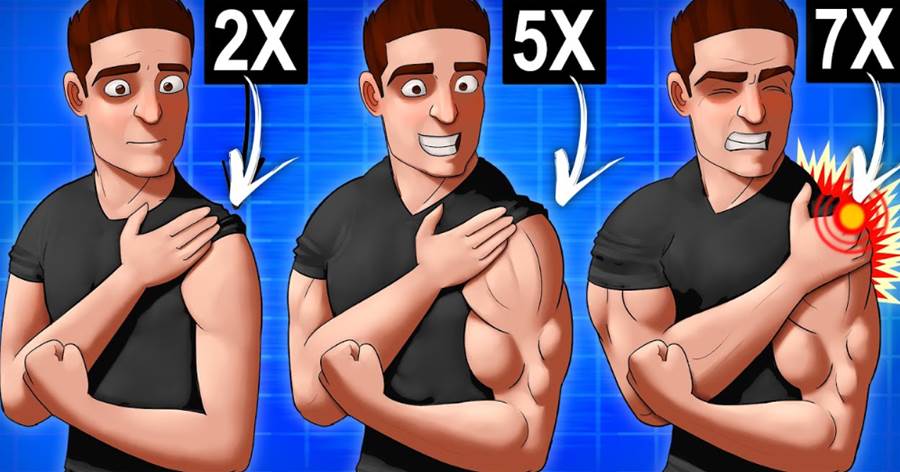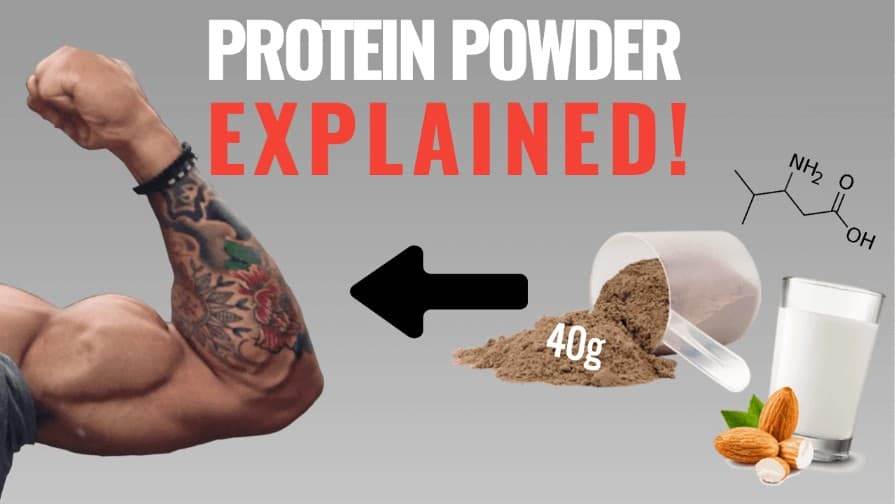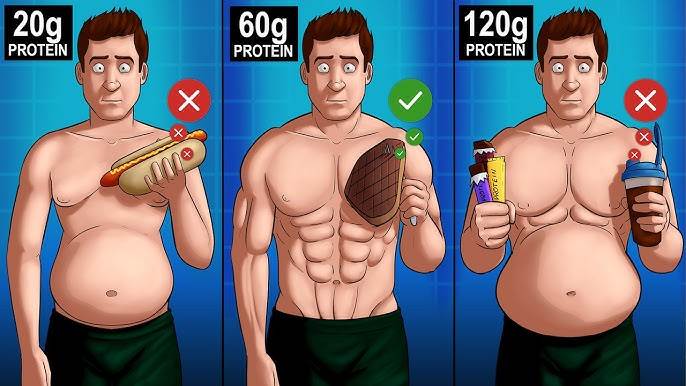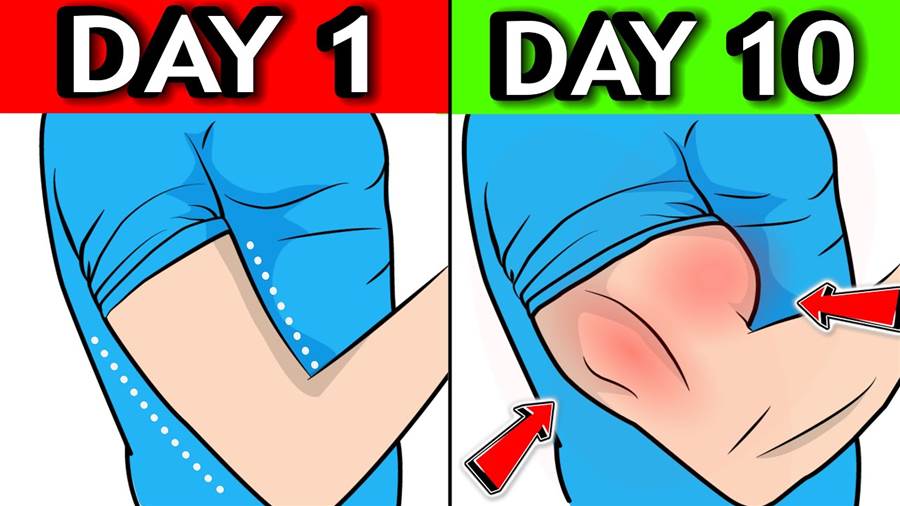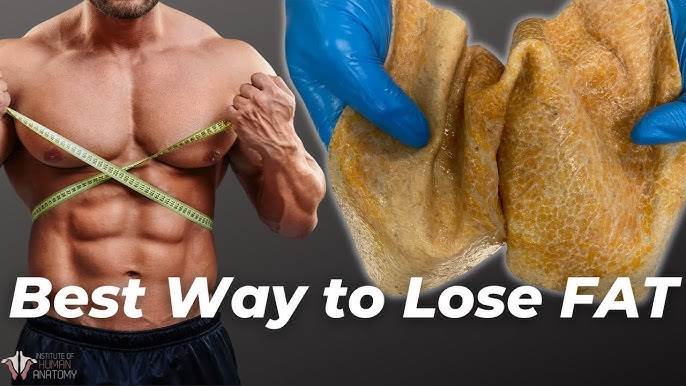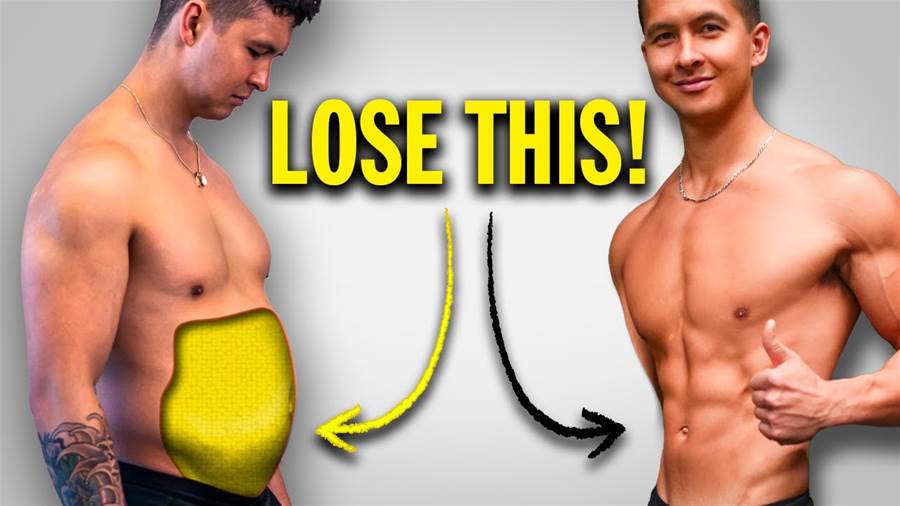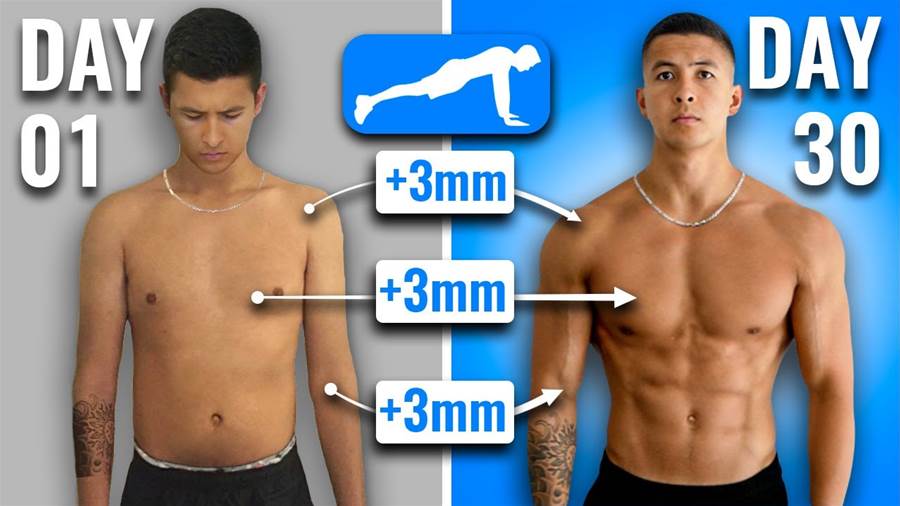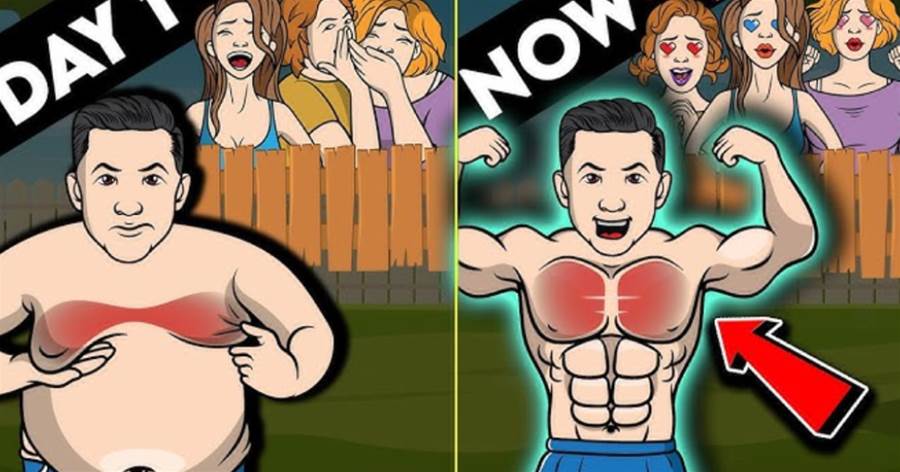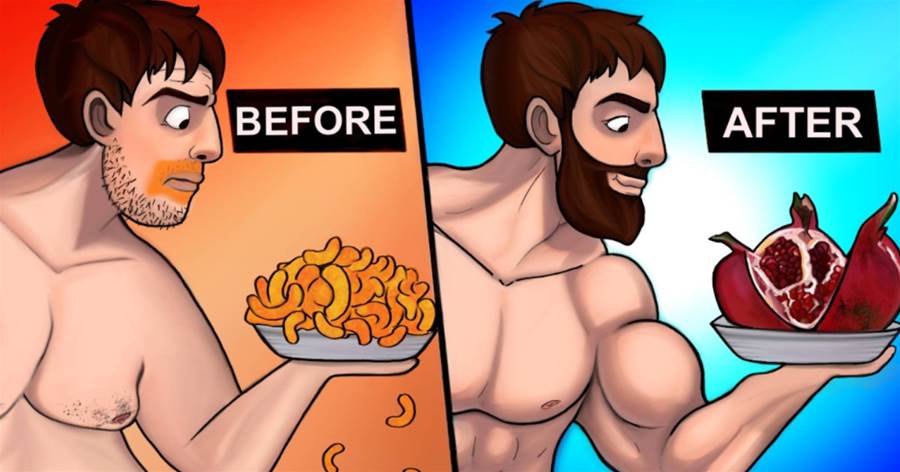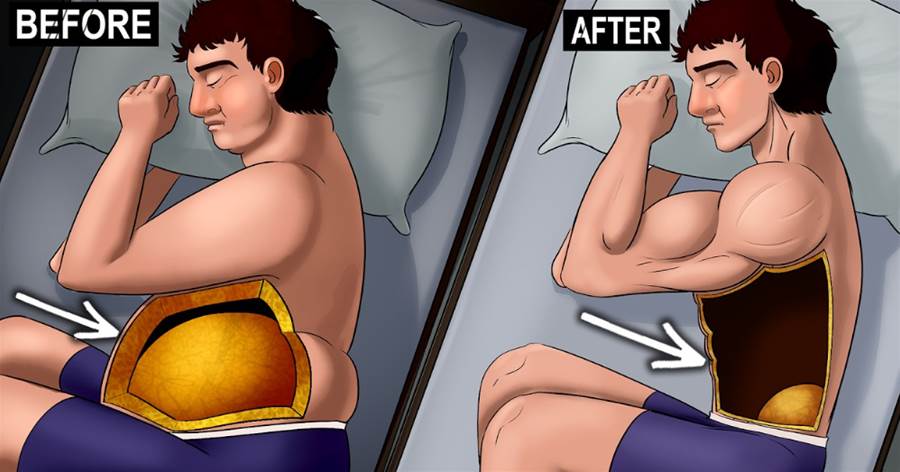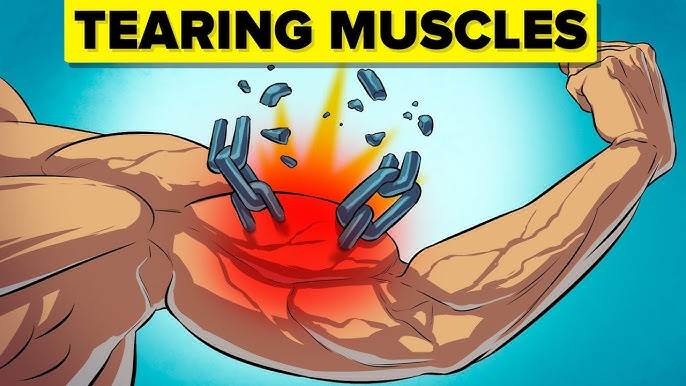
Welcome to our exploration of what happens to your muscles when you work out. Whether you're aiming to enhance your cardio, build muscle, or simply live a healthier life, understanding muscle physiology is crucial. Today, we delve into the intricacies of muscle function and growth, addressing common questions about testosterone, muscle tears, and the impact of warm-up stretches.
Muscle Basics: An Overview
The human body comprises three types of muscles:
Cardiac Muscle: Found in the heart, responsible for pumping blood.
Smooth Muscle: Located in the walls of internal organs like the intestines and blood vessels.Skeletal Muscle: The focus of our discussion, which makes up 30-40% of your body mass and is crucial for movement and stability.
Skeletal muscles are attached to bones by tendons, which are strong connective tissues. They are responsible for voluntary movements and include muscles like the biceps, hamstrings, and abdominal muscles. Each skeletal muscle is composed of muscle fibers made up of myofibrils and sarcomeres.
Muscle Contraction Types
Muscles contract in three primary ways:
Isometric Contraction: The muscle contracts but doesn’t change length or move.
The article is not finished. Click on the next page to continue.
The article is not finished. Click on the next page to continue.
Next page